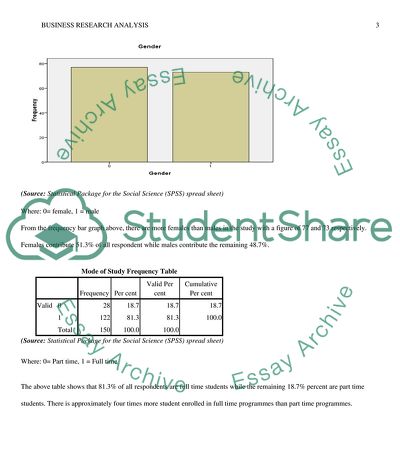Cite this document
(Analyzing the Year of Studying Assignment Example | Topics and Well Written Essays - 2750 words - 1, n.d.)
Analyzing the Year of Studying Assignment Example | Topics and Well Written Essays - 2750 words - 1. https://studentshare.org/education/1791554-business-research-analysis
Analyzing the Year of Studying Assignment Example | Topics and Well Written Essays - 2750 words - 1. https://studentshare.org/education/1791554-business-research-analysis
(Analyzing the Year of Studying Assignment Example | Topics and Well Written Essays - 2750 Words - 1)
Analyzing the Year of Studying Assignment Example | Topics and Well Written Essays - 2750 Words - 1. https://studentshare.org/education/1791554-business-research-analysis.
Analyzing the Year of Studying Assignment Example | Topics and Well Written Essays - 2750 Words - 1. https://studentshare.org/education/1791554-business-research-analysis.
“Analyzing the Year of Studying Assignment Example | Topics and Well Written Essays - 2750 Words - 1”. https://studentshare.org/education/1791554-business-research-analysis.


